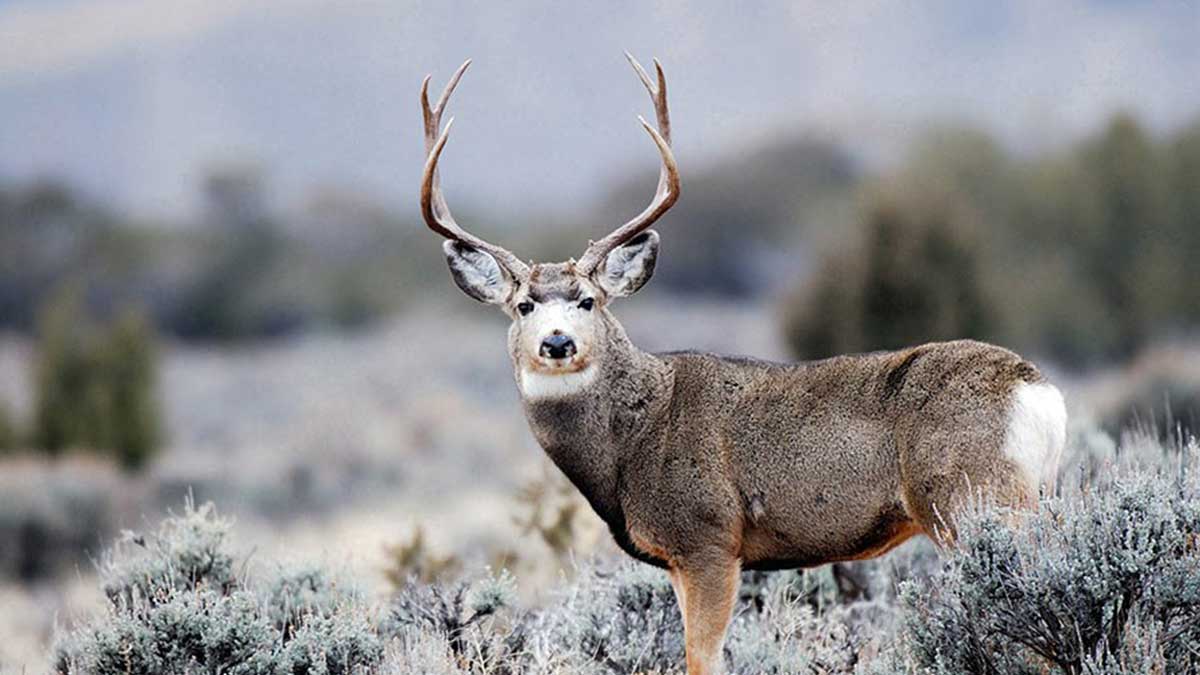Utah Approves Decrease in 2023 Hunting Permits
Below is a news release from the Utah Division of Wildlife Resources.
For the fifth consecutive year, the Utah Wildlife Board approved a decrease in the number of general-season deer hunting permits. The board also approved the other big game and antlerless hunting permits that will be issued during the 2023 season, as well as a variety of additional items during Thursday’s public meeting.
How deer permit recommendations are made
The Utah Division of Wildlife Resources manages deer, elk and other wildlife in accordance with approved management plans to help maintain healthy wildlife populations across the state. Along with using the management plans, DWR biologists also weigh additional factors and data in recommending hunting permit numbers for deer:
- Buck-to-doe ratios established in the management plans for each area of the state (including the current estimates and trends)
- Current population estimates and demographics (this data is collected through yearly surveys and classifications of deer herds)
- Data from GPS collars and body condition of the deer garnered through annual capture efforts, which helps estimate deer survival for the winter
- Hunter harvest rates from the prior hunting season (which can help with estimates for successful harvest in the upcoming year)
- Habitat and environmental conditions across the state, which includes impacts of this winter’s heavy snowfall in some areas
The current deer management plan includes an objective to have 404,000 deer across Utah — there are currently an estimated 335,000 deer in the state.
“There are a few things that can negatively impact deer populations in Utah,” DWR Big Game Coordinator Dax Mangus said. “Those include poor or limited habitat, predators and weather — at either extreme, ongoing drought or really heavy snowfall, like we had this winter. The most important factors that drive deer population numbers are the survival rates of doe deer (since bucks don’t have babies), fawn production and fawn survival after the winter. The way we hunt buck deer in Utah doesn’t drive deer populations, but what happens with deer populations drives how we hunt buck deer.”
While most of the deer had good body fat conditions going into winter, the fawn and doe survival varied throughout the different parts of the state, depending on the severity of the snowfall in each area. Deer herds in the northern and northeastern parts of the state were hit the hardest, and DWR biologists recommended an additional decrease in permits for some of the hunting units in those areas from their prior recommendations in March.
After discussing the DWR recommendations and public feedback, the Utah Wildlife Board approved the following for general-season deer permits in the various areas of Utah:
- Northern Utah: A decrease of 7,500 permits (about a 31% decrease from last year).
- Central Utah: A decrease of 550 permits (a 4% decrease from last year).
- Northeastern Utah: A decrease of 700 permits (about an 8% decrease from last year).
- Southern Utah: An increase of 600 permits (about a 5% increase from last year).
- Southeastern Utah: A decrease of 200 permits (about a 2% decrease from last year).
The board approved a total of 64,725 general-season deer hunting permits, which is an 8,350-permit decrease from the previous year (a roughly 11% decrease.) Of the 31 total deer hunting units across the state, 11 were voted to have a decrease in permit numbers from the previous year.
“While it is hard to see the negative impacts of the severe winter in northern Utah, it is exciting to see high fawn production and very high survival of does and fawns in southern Utah,” Mangus said. “Biologists look closely at each hunting unit and individual situation when they make permit recommendations. We are recommending a decrease for both buck deer and antlerless deer permits again this year, but the circumstances of individual deer populations vary greatly across the state. We use the best available data and our management plans to make proactive recommendations for the herd health of our wildlife.”
Elk permits
Elk are impacted differently by drought and severe winter conditions because survival of adults typically remains high, although pregnancy rates have been shown to decline during extreme drought conditions. The current statewide elk management plan includes an objective to have 80,000 elk across Utah — there are currently an estimated 82,960 elk in the state. The wildlife board approved a slight increase in public draw bull elk permits for the 2023 hunts. The youth draw-only any bull elk permits were also increased this year to give youth additional hunting opportunities.
The board also approved an action item, requesting that the DWR do some research on requiring mandatory tooth reporting for elk harvested in limited-entry bull elk hunts.
Click here to view a listing of approved 2023 big game and antlerless permits as well as other hunting-related rule changes and proposals.
(Photo credit: Utah Division of Wildlife Resources)
